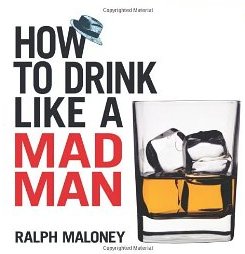Decades in Literature (Part 2): The 1960s…
This week, I’m taking a look at literature in the 1960s – that most rebellious of decades which makes me think of Mad Men-esque outfits, revolution and being all at one with nature. (For some reason when I imagine the 60s, even in Britain, it’s always sunny – very unrealistic.) It was arguably a decade when books become more liberated; when you could write about more difficult issues, and more openly. Or simply when you could read something a bit steamy – D.H. Lawrence’s Lady Chatterley’s Lover, originally written in 1928, was only published openly in the UK in 1960, leading to a wave of women rushing to get their hands on it.
And let’s not forget our very own Colin MacInnes, who wrote about London in the 1960s, often uncovering the seamier and more outrageous side of life in the capital. Anthony Burgess, too, published his infamous A Clockwork Orange, depicting a frightening but also satirical dystopian future, in 1962. In the 1960s books seemed to become more interrogative of the world, challenging our notions of politics, law and order, and even the way our minds work (they’re American, but Plath’s The Bell Jar and Kesey’s One Flew Over the Cuckoo’s Nest are just two examples). Literature became more forward-thinking – perhaps Kennedy’s promise that he would land a man on the moon by the end of the decade gave everything a futuristic feel.
And we don’t have to leave the spirit of the ’60s behind. Why not get your hands on the book below and see if you can recreate the feel of Mad Men?
Next week: the 1970s – just the come down after the ’60s, or something better?
Sara Magness, Editorial Administrator



